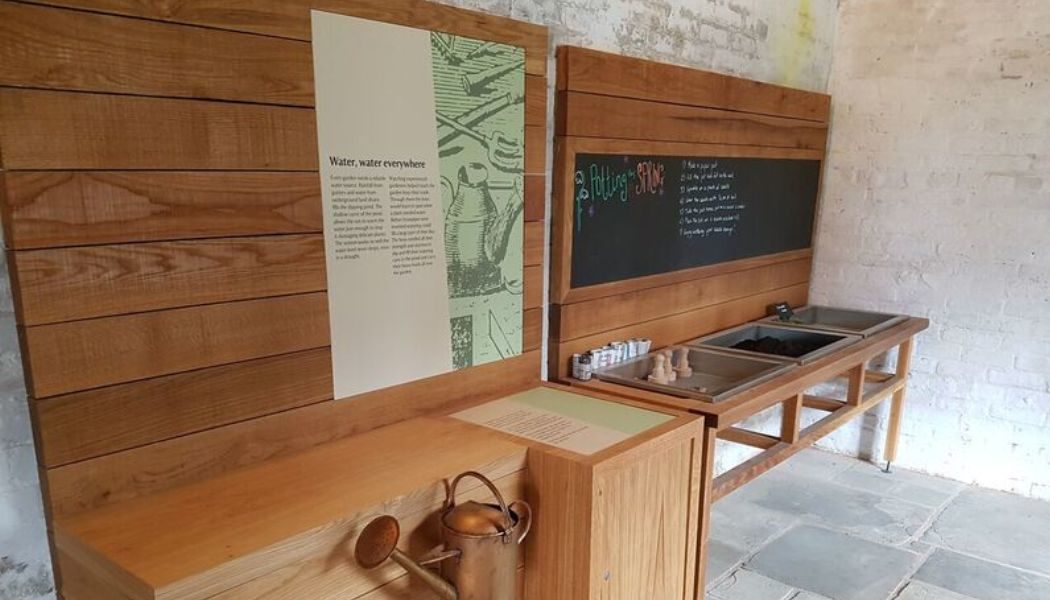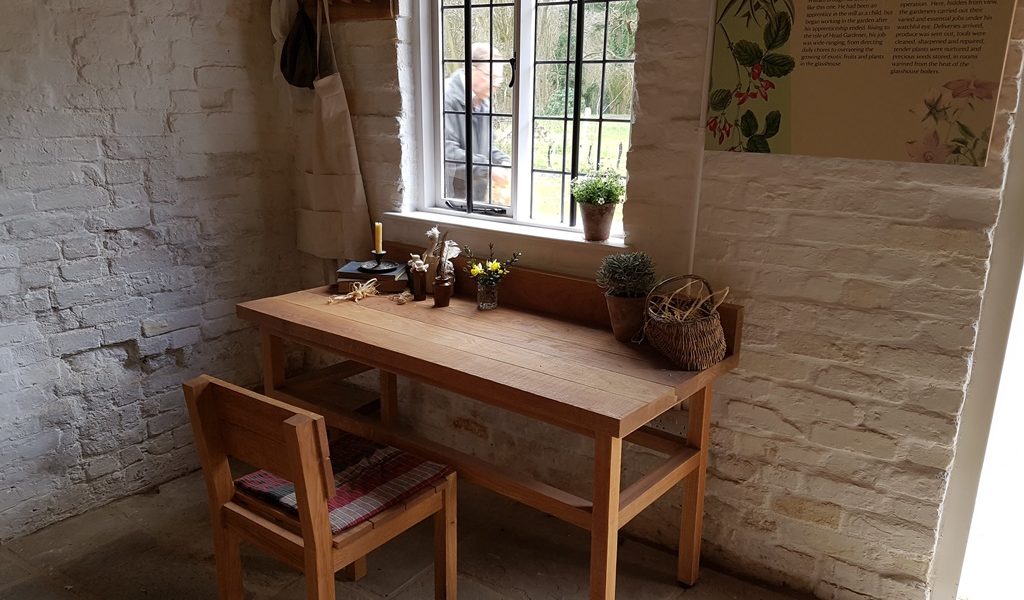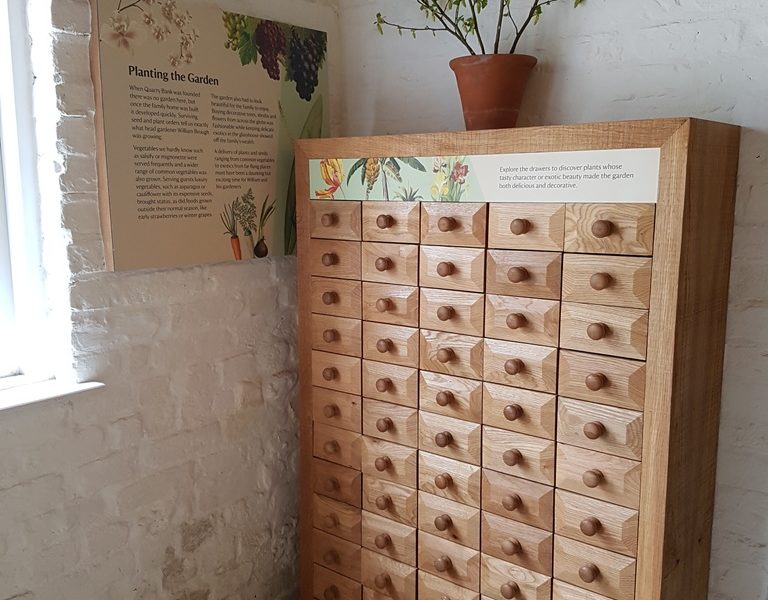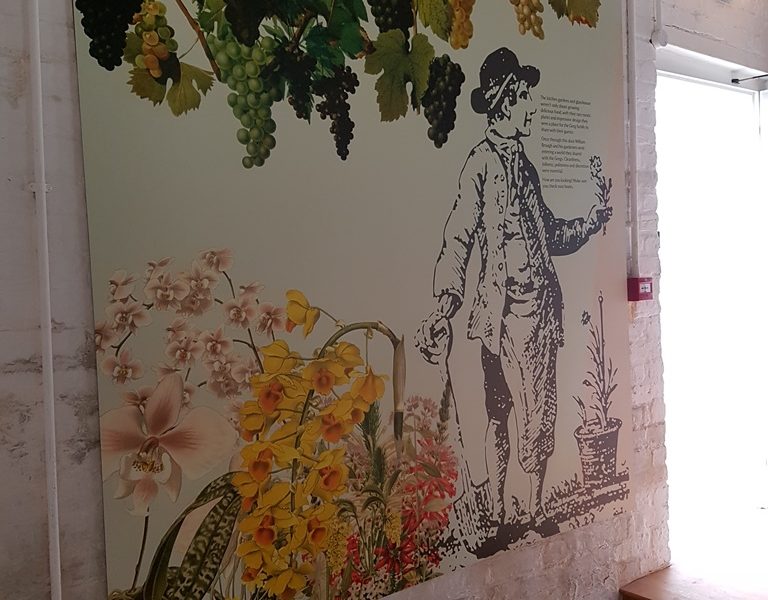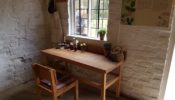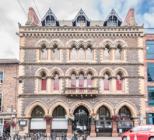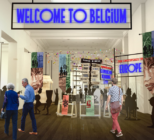The £9.4m project which is partly Heritage Lottery funded (£3.9m granted in 2015) is scheduled for completion in its entirety by 2020, but the first phase, to design and interpret three ‘back shed’ spaces and the wider garden landscape, has been completed this month.
“Mather & Co has helped design and interpret the garden spaces to tell the story of the important landscape, the historic garden team and their ways of working as well as the back sheds that contrast with the overall splendour of the gardens,” said Sammy Bentley, interpretive designer, Mather & Co. “Restoration and interpretation of the back sheds echoes the working lives of the wider Quarry Bank labour force whilst also being adaptable to changing functions – for example, use by school groups – and acknowledging the support of the highest level donors to the project that have made the restoration possible.”
Primarily known for its cotton mill, built in 1784, Quarry Bank is the most complete designed industrial revolution community in the world and of enormous historic significance. It comprises the homes and workplaces of the owner, manager, workers and apprentices, a farm, village, school and two chapels.
There are various plans for the site, and the project will run in three phases, gaining momentum as it progresses to include Styal Village, the restoration and opening of a worker’s cottage and the village bakery, opening Quarry Bank House to the public and improving access around the site with a new network of paths and roads – and finally re-interpretation of the mill itself.
“The Quarry Bank project has been even closer to our hearts at Mather & Co as we are located a couple of miles away from the estate – which means that we are engaged as ‘locals’ in what the project will bring to the community it sits in,” said Chris Mather, chief executive, Mather & Co. “People will leave provoked, inspired and connected. We will help demonstrate how Quarry Bank’s story is relevant to everyone today (housing, food, workplaces, clothes and globalisation) and that it will offer more than just a history lesson to visitors.”
Work on phase two is now underway.
Click here for further information.

